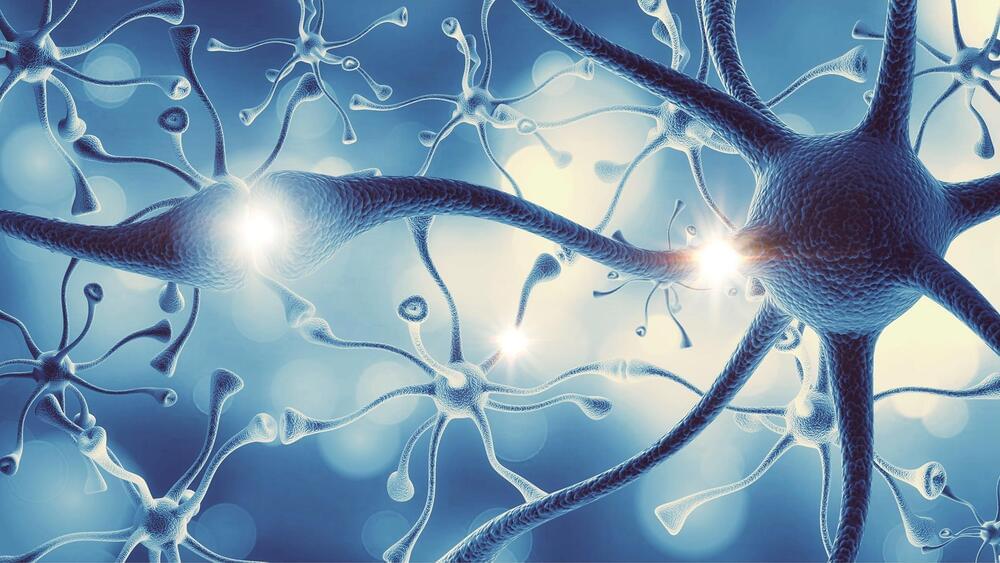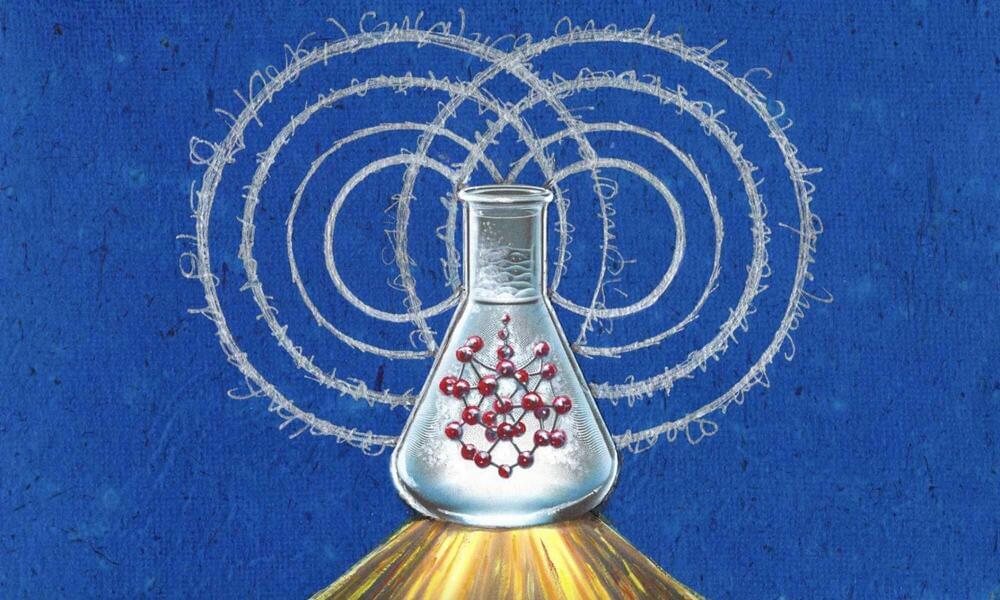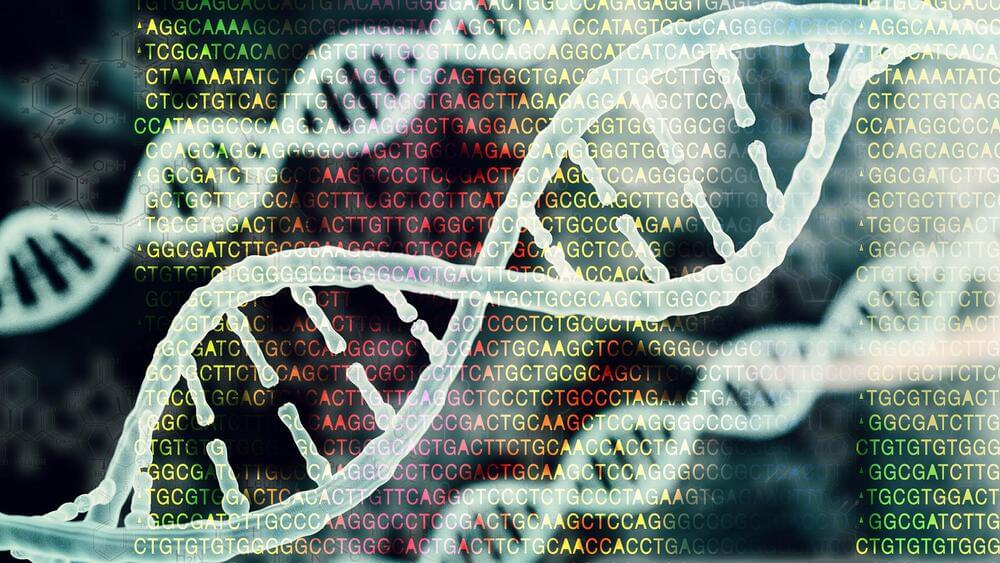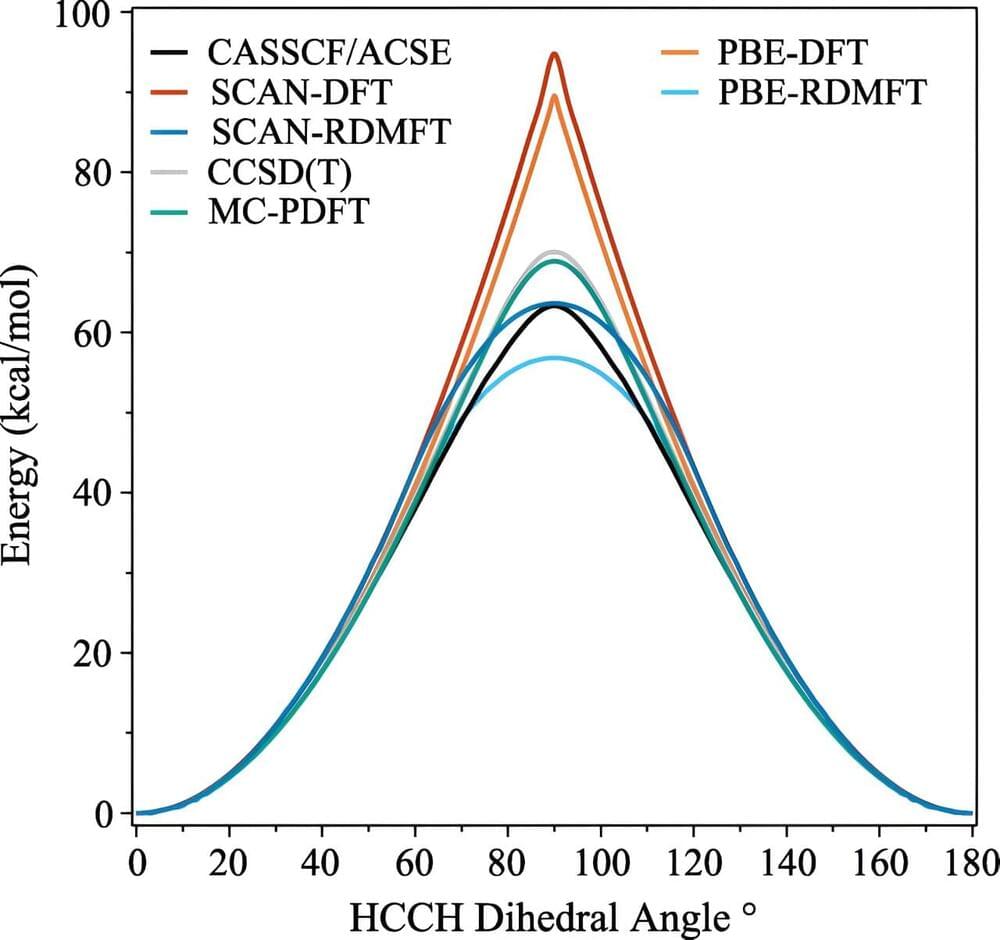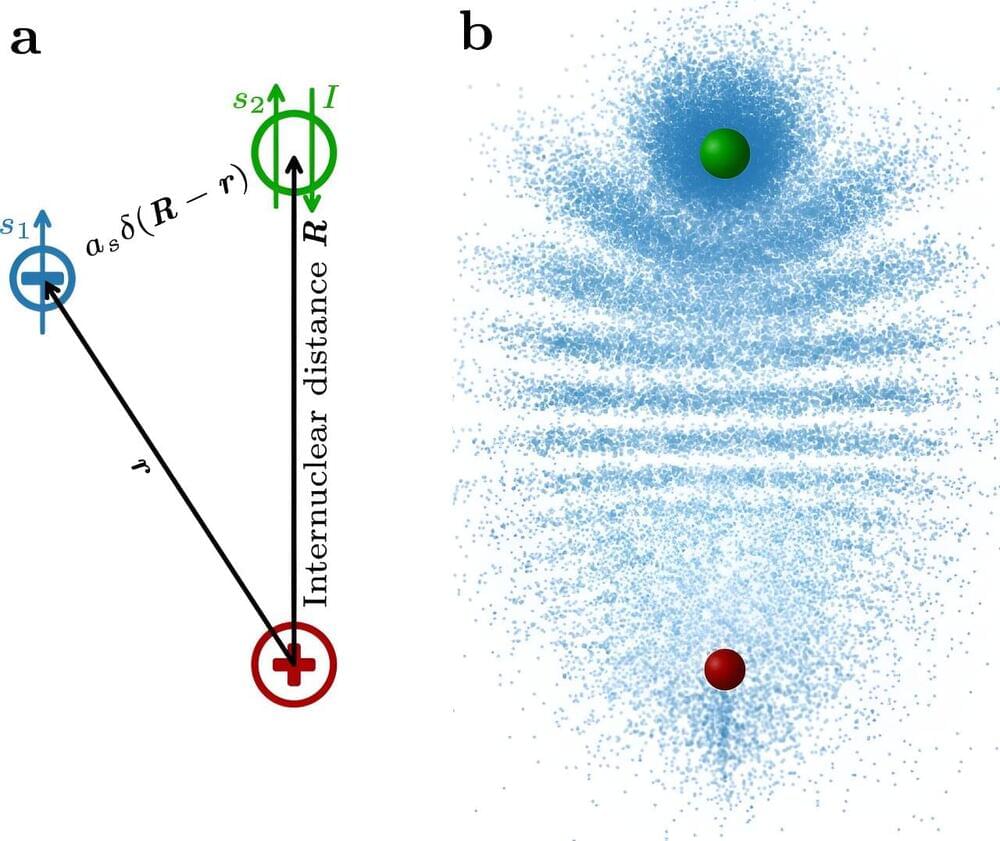Neurons communicate through chemical signals known as neurotransmitters. Researchers at St. Jude Children’s Research Hospital, leveraging their expertise in structural biology, have successfully elucidated the structures of the vesicular monoamine transporter 2 (VMAT2), a key component of neuronal communication.
By visualizing VMAT2 in different states, scientists now better understand how it functions and how the different shapes the protein takes influence drug binding — critical information for drug development to treat hyperkinetic (excess movement) disorders such as Tourette syndrome. The work was recently published in the journal Nature.
